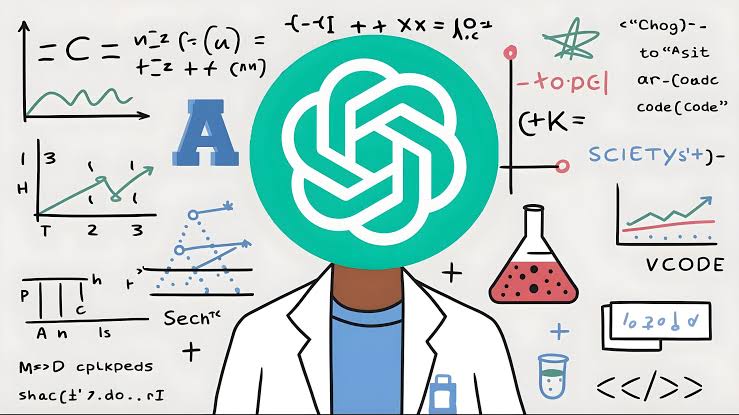OpenAI has announced the release of Study Mode, a new feature in ChatGPT that aims to revolutionise the way students learn with AI by promoting deeper comprehension as opposed to providing pre-written responses.
This action is in response to growing concerns about how AI may affect students’ learning habits, given that many students copy the chatbot’s responses.
Currently accessible to all logged-in users on Free, Plus, Pro, and Team plans, the feature will soon be extended to ChatGPT Edu users as well.
Educators’ worry about ChatGPT’s misuse among students
Students use ChatGPT to complete homework, study for tests, and understand difficult subjects, making it one of the most popular learning resources in the world, according to OpenAI.
But this popularity has also made educators worry that by merely providing answers, AI tools could unintentionally impede actual learning.
“We’ve built study mode to help answer this question. It’s designed to engage students through guiding questions that match their skill level and learning goals, fostering curiosity and helping them build a deeper understanding of the subject matter,” the company said in a statement on Tuesday.
ChatGPT’s Study Mode developed in conjunction with educators, scientists
OpenAI claims that Study Mode was developed in conjunction with educators, scientists, and learning specialists and is not merely another chatbot modification.
Under the hood, it makes use of specially designed system instructions based on well-established learning science concepts like metacognition, active engagement, cognitive load management, and encouraging feedback.
“Instead of doing the work for them, study mode encourages students to think critically about their learning. Features like these are a positive step toward effective AI use for learning,” said Robbie Torney, Senior Director of AI Programs at Common Sense Media.
ChatGPT’s Study Mode features
A collection of features designed to encourage active and customised learning are included in the new tool:
Interactive Prompts: Uses self-reflection and Socratic questioning to lead students instead of merely offering solutions.
Scaffolded Responses: Complex subjects are made easier to understand by breaking the information down into manageable chunks.
Personalised Support: Modifies answers according to the user’s skill level and previous interactions.
Knowledge Checks: Contains tests and feedback tools to monitor development and strengthen memory.
Flexible Use: During a conversation, users can switch between study mode and other modes as needed.
Kudos, knocks over Students use of ChatGPT for learning
Students who used ChatGPT to write essays demonstrated less brain activity than their peers who used Google Search or no digital assistance at all, according to a recent study published in June.
Since its launch in 2022, ChatGPT’s use in classrooms has drawn praise for its tutoring capabilities as well as criticism for promoting academic shortcuts.
At first, the tool was prohibited in a number of schools, but by 2023, as student use of it grew, those restrictions were lifted.
Study Mode as interactive learning assistant
Through Study Mode, OpenAI aims to reframe ChatGPT as an interactive learning assistant rather than just an “answer engine.”
The feature was introduced a few months after rival AI company Anthropic released a comparable learning-focused tool for its chatbot, Claude.
This feature isn’t perfect, though, because students can simply return to standard ChatGPT if they want faster responses.
















